Rising Environmental Concerns
The increasing awareness of environmental degradation and its impact on ecosystems drives the Ecotoxicological Studies Market. Stakeholders, including governments and corporations, are increasingly recognizing the need for comprehensive studies to assess the ecological risks posed by pollutants. This trend is underscored by the growing incidence of environmental disasters, which have prompted stricter regulations and guidelines. As a result, the demand for ecotoxicological assessments is projected to rise, with the market expected to reach a valuation of approximately 5 billion USD by 2026. This heightened focus on environmental sustainability necessitates robust ecotoxicological studies to inform policy decisions and corporate strategies, thereby propelling the industry forward.
Advancements in Analytical Techniques
Innovations in analytical methodologies are significantly influencing the Ecotoxicological Studies Market. The development of sophisticated technologies, such as high-throughput screening and advanced bioassays, enhances the ability to detect and quantify toxic substances in various environmental matrices. These advancements not only improve the accuracy of ecotoxicological assessments but also reduce the time required for testing. As a result, the market is witnessing a surge in demand for these cutting-edge techniques, which are essential for regulatory compliance and risk assessment. The integration of artificial intelligence and machine learning in data analysis further streamlines the research process, potentially increasing the market's growth rate by 10% annually over the next five years.
Growing Demand for Sustainable Practices
The shift towards sustainable practices across various industries is a key driver of the Ecotoxicological Studies Market. Companies are increasingly adopting environmentally friendly practices to meet consumer expectations and regulatory requirements. This trend necessitates thorough ecotoxicological assessments to evaluate the potential impacts of new products and processes on the environment. As sustainability becomes a core business strategy, the demand for ecotoxicological studies is expected to rise. In 2025, the market could witness a growth rate of approximately 8% as organizations seek to mitigate their ecological footprint and enhance their corporate social responsibility initiatives.
Increased Investment in Research and Development
The Ecotoxicological Studies Market is experiencing a notable increase in investment directed towards research and development initiatives. Governments and private entities are allocating substantial funds to explore the effects of chemicals and pollutants on ecosystems. This trend is driven by the need for innovative solutions to combat environmental challenges, such as climate change and biodiversity loss. In 2025, it is estimated that R&D spending in this sector could exceed 1.5 billion USD, reflecting a commitment to advancing ecotoxicological knowledge. Such investments are likely to foster collaboration between academia and industry, leading to the development of new methodologies and frameworks that enhance the efficacy of ecotoxicological studies.
Regulatory Pressures and Compliance Requirements
The Ecotoxicological Studies Market is significantly influenced by stringent regulatory pressures and compliance requirements imposed by governmental bodies. These regulations mandate comprehensive ecotoxicological assessments for chemicals and products before they can be approved for use. The increasing complexity of these regulations necessitates a robust understanding of the ecological impacts of substances, thereby driving demand for specialized studies. In recent years, the number of regulations related to chemical safety has surged, leading to a projected market growth of 12% annually. Companies are compelled to invest in ecotoxicological studies to ensure compliance, avoid penalties, and maintain their market position.


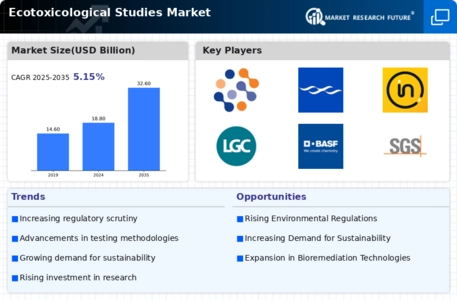
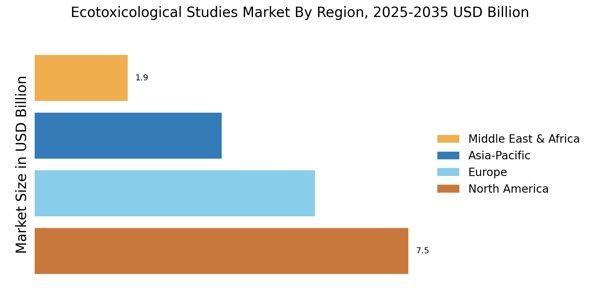
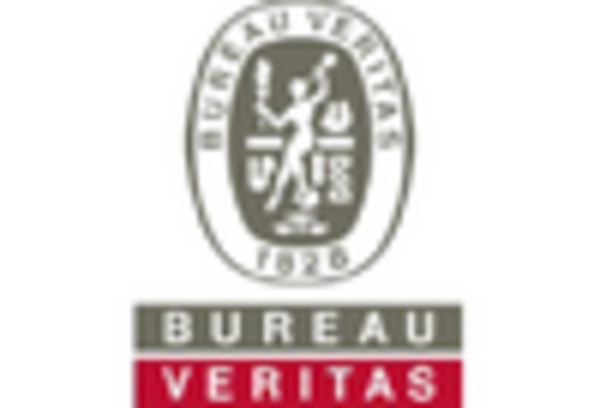
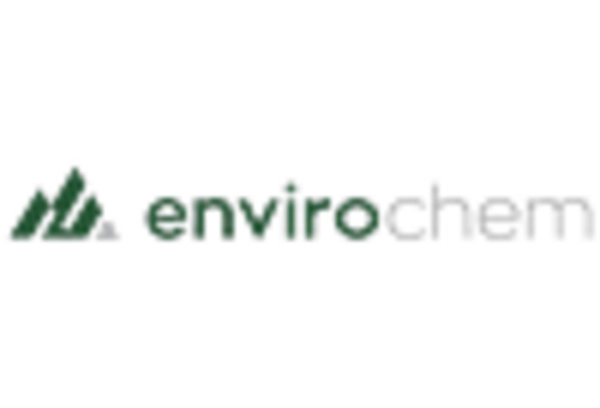
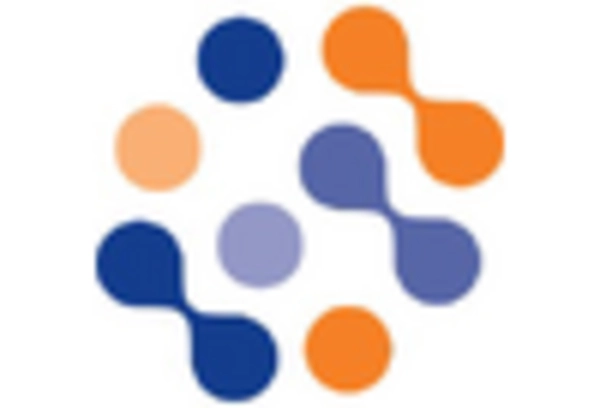

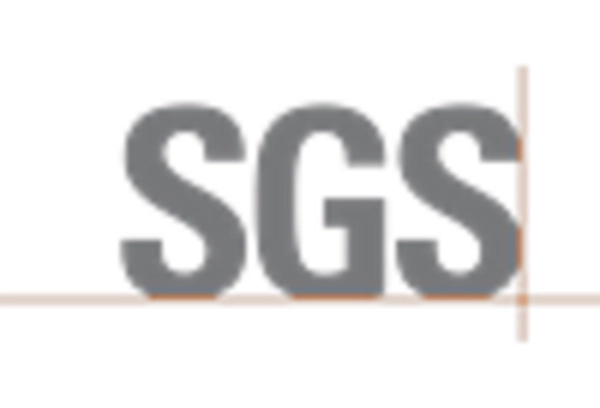









Leave a Comment